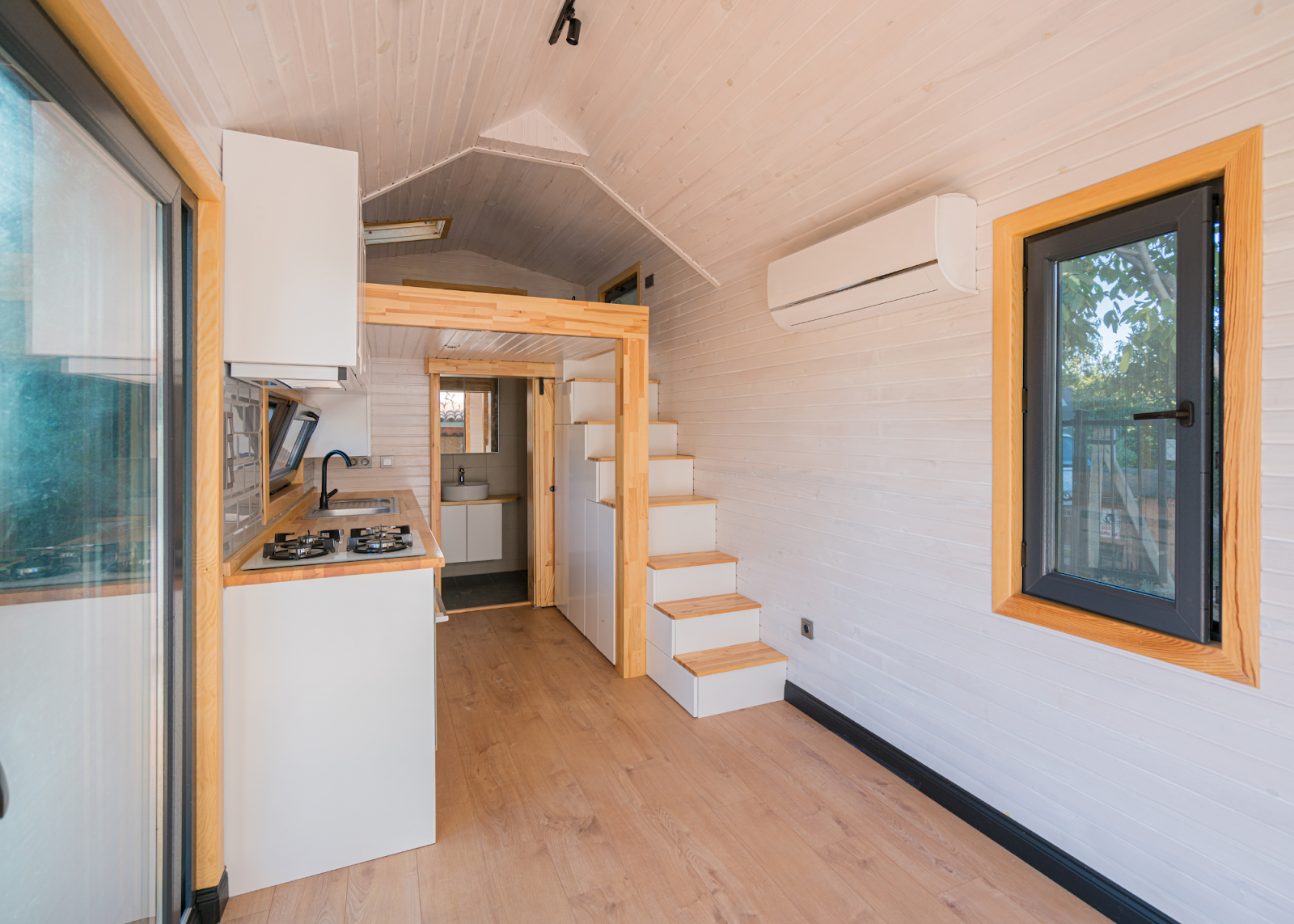Buffalo’s Unexpected Rise in the 2024 Housing Market
Buffalo, New York, is rising unexpectedly as a frontrunner in the 2024 housing market. Known for its robustness and sense of community, Buffalo is now gaining attention due to a mix of favorable market conditions. Zillow’s in-depth analysis, which evaluates home value trends, employment growth, and building activities, indicates Buffalo’s potential to lead in the national housing arena.
Market Dynamics: Why Buffalo Stands Out
Several factors contribute to Buffalo’s climb to the top of Zillow’s rankings. Firstly, job creation in the region is on the upswing, a positive sign for the local economy. With more people relocating to Buffalo for employment, the demand for housing increases. However, the rate of new home construction isn’t keeping pace, suggesting that existing homes may see heightened demand. Another aspect influencing Buffalo’s real estate scene is the inventory dynamics. Typically, real estate discussions revolve around the pace of sales and pricing. In Buffalo’s case, properties aren’t lingering on the market for long. The median duration a house stays listed before entering a contract in Buffalo is notably brief, indicating robust buyer interest.
But here’s something interesting: while prices rapidly escalate in some cities, Buffalo is charting a different course. According to Zillow’s data, while the median home value in many U.S. cities experienced a sharp increase in 2023, Buffalo’s market is projected to see a more modest adjustment. The expected change in home values in Buffalo for 2024 is a slight decrease of about 0.2%, starkly contrasting to cities like Hartford, which saw a home value growth of 11% in 2023 but is expected to slow down considerably in 2024.
Buffalo’s slight decrease in home values is not necessarily a sign of a weak market. Instead, it reflects a balance between affordability and demand. Soaring prices often lead to affordability concerns in many rapidly growing markets, eventually slowing market activity. Buffalo’s modest price adjustment suggests a market becoming more accessible to a broader range of buyers without sacrificing interest and investment in the area.
Moreover, Buffalo’s housing inventory dynamics tell a story of constrained supply against growing demand. In 2023, like many other cities, Buffalo experienced a significant slowing in the influx of new listings, maintaining a trend of low for-sale inventory. However, unlike some markets, Buffalo’s demand has remained strong, which has led to a cooling of buyer interest. Homes in Buffalo are selling rapidly, a trend mirrored in other cities like Cincinnati and Columbus. This will continue into 2024, further solidifying Buffalo’s prime real estate location.
The demographic factors further fuel this demand. Millennials are entering their prime home-buying years, bringing fresh energy to the market. At the same time, baby boomers stay active in real estate, defying previous generational trends. This demographic diversity enriches Buffalo’s housing market, adding to its vibrancy and resilience.
But while Buffalo is expected to shine in 2024, other big cities might see different excitement in their housing markets. Some places might even see a drop in how much homes are worth. This makes Buffalo’s steady growth even more noticeable. Whether you’re considering investing in property or looking for a new city to call home, Buffalo should be on your radar this year.














































































































































































































































































































